June 19, 2025 | 14:03 GMT +7
June 19, 2025 | 14:03 GMT +7
Hotline: 0913.378.918
June 19, 2025 | 14:03 GMT +7
Hotline: 0913.378.918
Ms. Tran Thi Thanh Huong, the Head of the An Giang delegation of National Assembly deputies, expressed the concerns and expectations of local farmers in relation to two critical issues: the rampant use of counterfeit, low-quality agricultural inputs and the severe waste of agricultural by-products as untapped resources, during the ongoing National Assembly session.
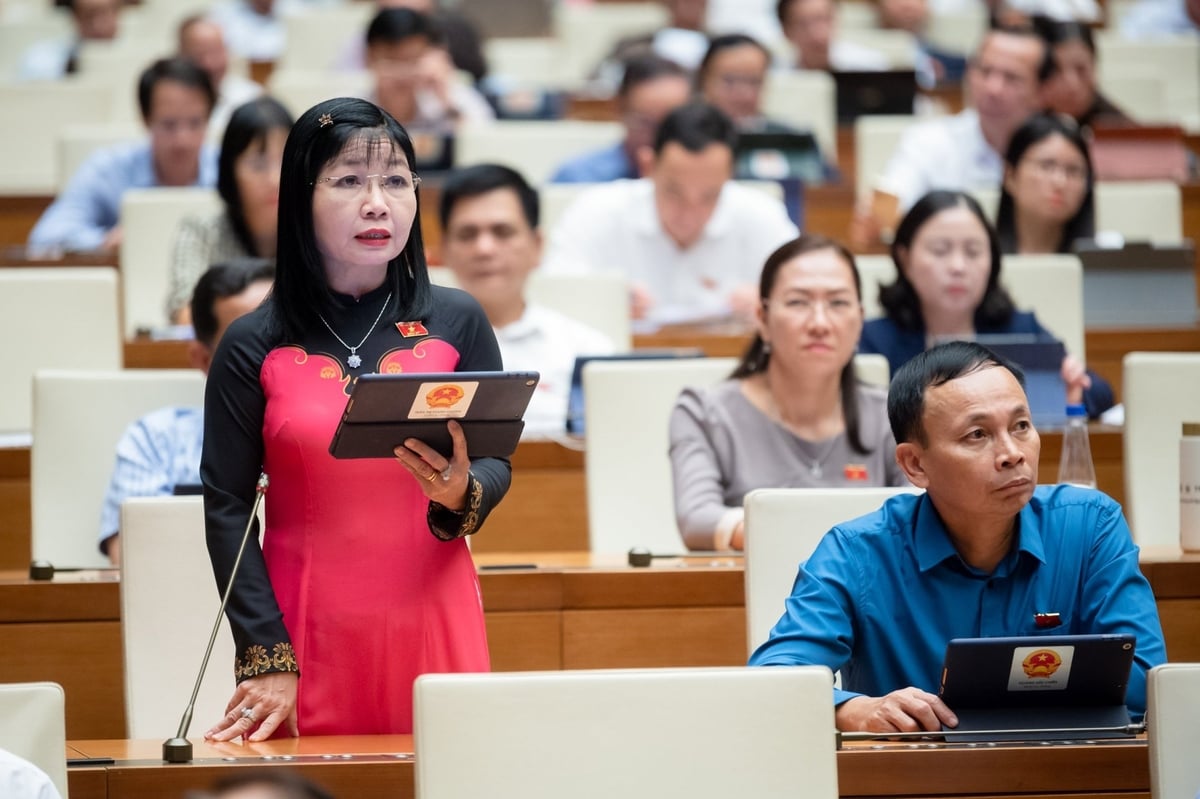
Head of the National Assembly delegation of An Giang province, Ms. Tran Thi Thanh Huong. Photo: Pham Thang.
"Substandard pesticides and counterfeit fertilizers not only diminish yields and cause economic harm, but they also subtly undermine consumer confidence and damage the reputation of Vietnamese agricultural products", stated Ms. Huong.
She cited data indicating that Vietnam currently has approximately 700 fertilizer manufacturers who produce tens of thousands of different products. Over 4,300 branded pesticides are available.
The utilization of fertilizers by Vietnamese farmers is approximately 11 to 12 million tons per year. Nevertheless, the agricultural sector experiences an estimated annual loss of 2.5 billion USD as a result of the use of substandard or counterfeit goods.
In Ms. Huong's opinion, the consequences extend beyond soil depletion and lower yields. This undermines the credibility of Vietnamese products in both domestic and international markets, as they have a ripple effect throughout the entire agricultural value chain.
She encouraged the authorities to implement more robust technical barriers to effectively regulate the quality of pesticides and fertilizers. Simultaneously, she emphasized the need to clarify the roles of licensing, inspection, and market control agencies in order to prevent the current state of affairs, in which "everyone is in charge, but no one is accountable."
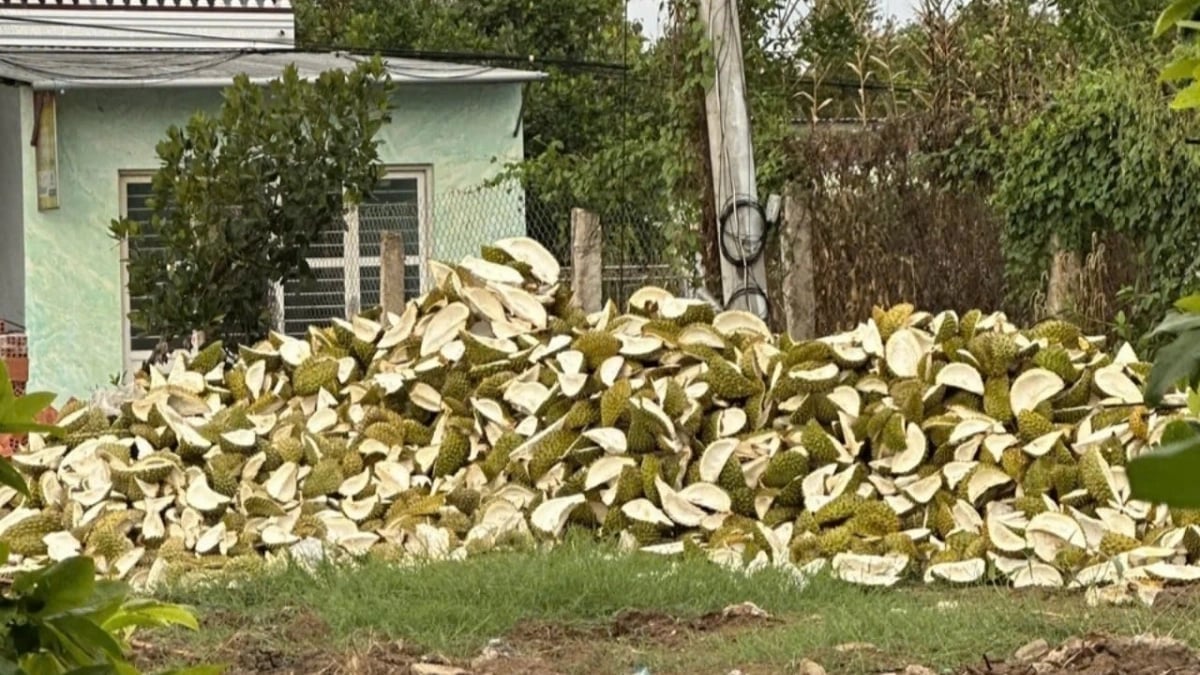
Discarded durian husks in open areas without a clear plan for reuse. Photo: Nhat Truong/VOV.
She also advocated for severe penalties against not only manufacturers and traders of counterfeit products, but also individuals and organizations that facilitate such violations.
The second issue the An Giang representative raised was the underutilization of agricultural by-products, which is a missing link in Vietnam's circular economy.
Vietnam produces more than 156 million tons of agricultural by-products annually, as per Ms. Huong. Experts regard these as a "gold mine," a potential source of organic fertilizer, livestock feed, and bio-based materials, despite the fact that they may appear to many as "waste".
"If processed and utilized effectively, these resources have the potential to double the economic value of agricultural production and alleviate the need to sell primary products during peak harvests", she observed.
However, the current situation is that the majority of this biomass is either burned, buried, or discharged into the environment, resulting in increased greenhouse gas emissions and pollution. Meanwhile, she emphasized that Vietnam continues to import substantial quantities of fertilizers from abroad, a paradox that results in annual losses of hundreds of billions of dong.
Ms. Huong is of the opinion that National Assembly Resolution No. 57, which encourages the incorporation of science, technology, and digital transformation into agriculture, offers a substantial opportunity to address this obstacle. However, for policies to be effectively implemented, by-product processing technologies must be tailored to the specific needs of the real world, including the scale of local enterprises and cooperatives across regions and types of products, as well as smallholder production.
These two concerns, which include maximizing the effectiveness of by-product use and preventing counterfeiting, are not new. However, they continue to pose significant obstacles to Vietnam's efforts to establish a sustainable, circular, and environmentally friendly agricultural sector.
Vietnam's agricultural economy will only reach its full potential when farmers can depend on high-quality agricultural inputs and observe their produce and by-products functioning optimally.
Each year, Vietnam generates over 156 million tons of agricultural by-products, from rice straw and sugarcane bagasse to durian husks and shrimp shells. But instead of being reused, most of it is burned, buried, or dumped, polluting the environment and wasting resources. Meanwhile, Vietnam spends heavily to import chemical fertilizers and animal feed, resources that could, in fact, be produced from these very by-products. Experts call this a “gold mine left untouched.
Turning this waste into value isn’t just about green growth, it’s about boosting farmers’ incomes, reducing trade deficits, and building a more resilient agricultural economy. To get there, Vietnam must invest in practical, localized technologies and remove barriers that keep by-product processing from scaling up. The choice is clear: treat waste as a burden, or transform it into a pillar of sustainable agriculture.
Translated by Linh Linh
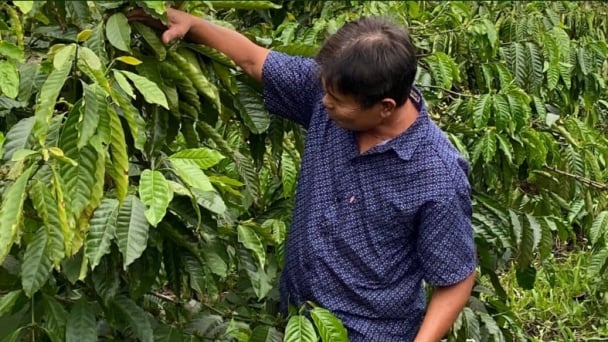
(VAN) After 5 years of implementation, the CAI initiative has helped coffee growers change their farming practices, moving toward responsible agriculture that meets global export standards.
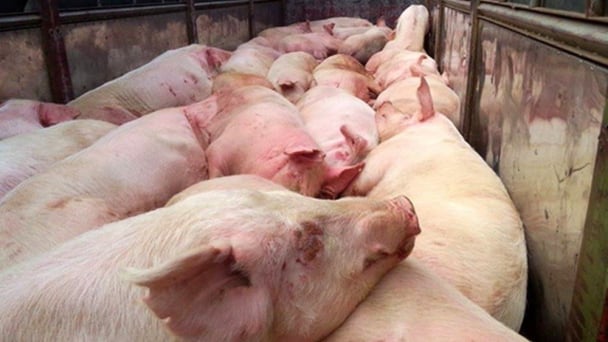
(VAN) The primary prerequisite for the comprehensive and robust integration of Vietnam's livestock sector into the global value chain is the establishment of a disease control system.
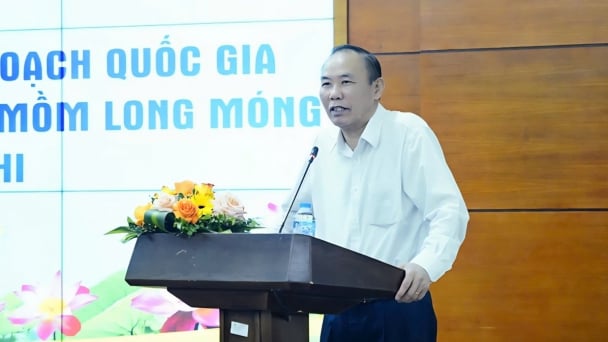
(VAN) The results of national programs are essential for establishing a contemporary livestock sector that is well-equipped to meet the demands of both domestic and international markets, with robust biosafety standards.
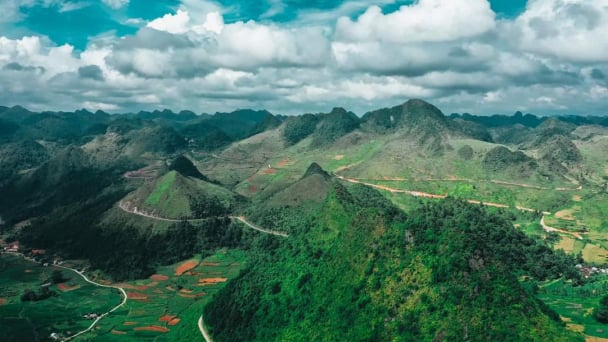
(VAN) The UNESCO Global Geopark revalidation of Non nuoc Cao Bang and the transition to a two-tier administrative model are presently undergoing a pivotal moment in Cao Bang, the northernmost province of Vietnam.
/2025/06/13/5330-2-004539_953.jpg)
(VAN) Changing policy mindset and removing investment barriers are urgent requirements to open up new development space for enterprises in the agricultural sector.

(VAN) The areas include the restoration of five million hectares of marine ecosystems.